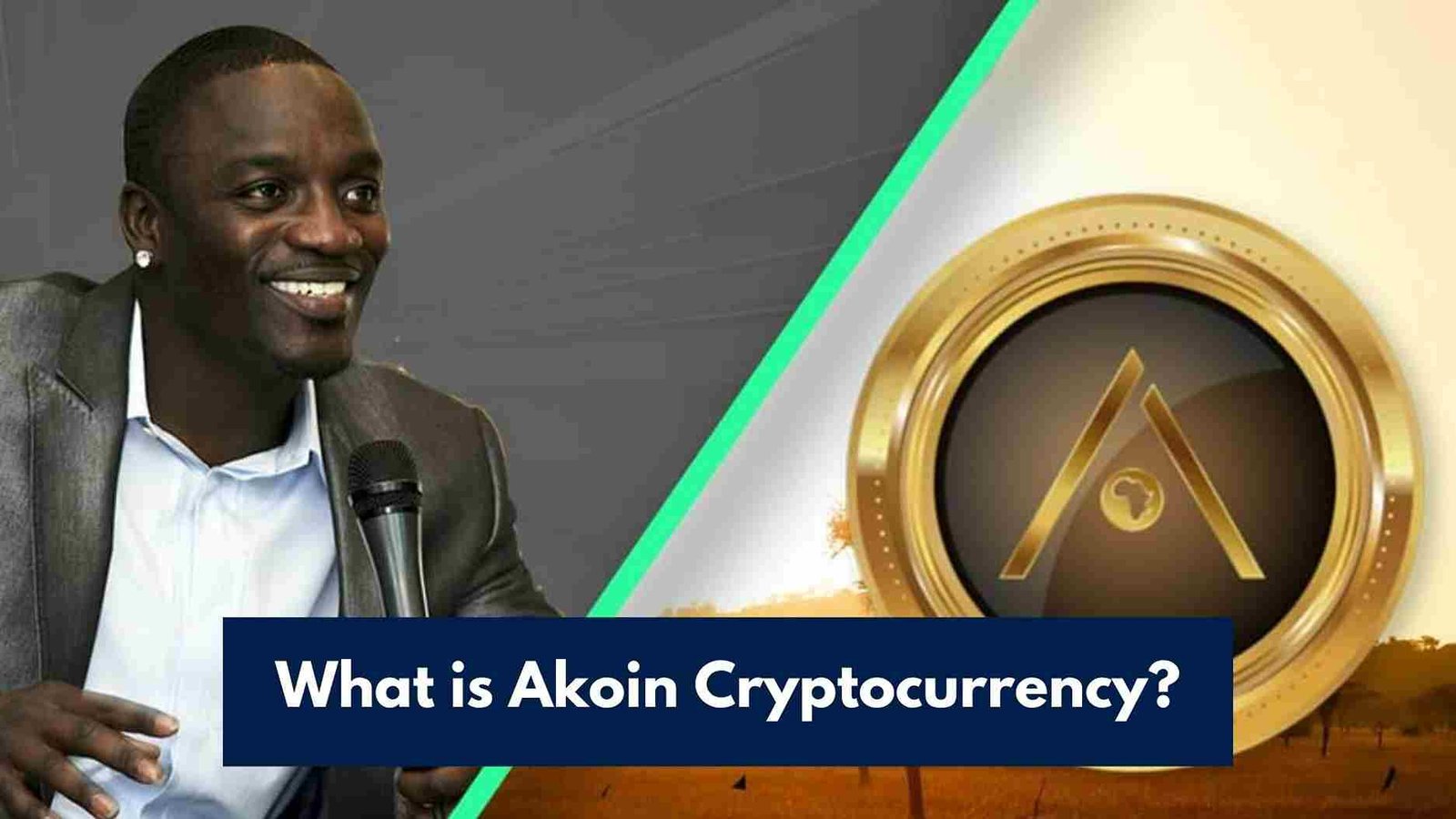Best Crypto Dashboards in 2025: Dune Analytics, DefiLlama, Token Terminal
Explore 2025’s top crypto dashboards—Dune Analytics, DefiLlama, Token Terminal—for DeFi, TVL, and financial insights in Web3.
Introduction
In 2025, navigating the fast-paced, data-rich world of crypto requires more than just intuition—it demands insight. Crypto dashboards like Dune Analytics, DefiLlama, and Token Terminal have become essential tools for investors, analysts, and developers. These platforms transform raw blockchain data into actionable intelligence, offering clarity in a space often obscured by complexity.
From monitoring DeFi trends and protocol performance to dissecting revenue flows and on-chain activity, these dashboards lead the way in Web3 analytics. Here’s how each one stands out, what they offer, and how to use them effectively.
Why Crypto Dashboards Matter
Crypto dashboards aggregate, visualize, and contextualize blockchain data—helping users make informed decisions based on real-time metrics.
Key Benefits:
- Track Market Trends: Follow TVL changes, token movements, and sector performance.
- Analyze On-Chain Activity: Investigate wallet behavior, smart contract usage, and DEX flows.
- Evaluate Project Health: Measure protocol revenue, user growth, and tokenomics.
- Optimize Strategies: Discover yield opportunities, airdrops, and trending ecosystems.
As regulatory frameworks like MiCA reshape the landscape, dashboards also support compliance, transparency, and due diligence across the industry.
- Dune Analytics
Overview
Launched in 2018, Dune Analytics is a community-driven data platform that allows users to run SQL queries on blockchain data and build custom dashboards. With support for major chains—including Ethereum, Polygon, Solana, and Optimism—Dune is used by over half a million analysts and developers worldwide.
Key Features
- Custom Queries: Use SQL to extract and analyze specific on-chain data.
- Public Dashboards: Access 100,000+ dashboards, searchable by tags or trending status.
- Real-Time Metrics: Track live protocol activity across DeFi, NFTs, and DAOs.
- Multi-Chain Support: Covers Ethereum, Solana, Polygon, Arbitrum, and more.
- Community-Driven: Top analysts share high-quality dashboards freely.
- Subscription Plans: Free tier available; premium tiers ($420–$1,337/month) offer faster queries, private dashboards, and export tools.
Best For
- Analysts & Developers: Build advanced visualizations with SQL.
- DeFi/NFT Researchers: Track token movements and marketplace activity.
- Traders: Monitor trends like whale accumulation and token velocity.
How to Use
- Sign Up at dune.com for free.
- Browse Dashboards on topics like “Uniswap TVL” or “Sonic Ecosystem.”
- Create Custom Queries using SQL for deeper insights.
- Follow Analysts for regular updates and dashboard inspiration.
Pros: Open-access, community-powered, highly customizable.
Cons: Requires SQL skills for custom queries.
- DefiLlama
Overview
DefiLlama is the leading dashboard for DeFi data, tracking Total Value Locked (TVL), APYs, protocol revenue, and chain-specific activity. It covers 110+ blockchains and nearly 500 protocols, making it the go-to resource for investors, yield farmers, and analysts.
Key Features
- TVL Rankings: Monitor $48B+ in locked value across protocols and chains.
- Yield Explorer: Analyze 14,000+ pools, with APY split into base and incentive yields.
- Cross-Chain Comparisons: View multi-chain metrics at a glance.
- Market Overview: Get snapshots of DEX volume, fees, ETF flows, and stablecoin supply.
- Custom Dashboards: Llama+ users can build personalized data views and export CSVs.
Best For
- DeFi Investors: Compare protocol growth and liquidity depth.
- Yield Farmers: Identify top-earning pools by chain or token.
- Macro Analysts: Monitor broader trends like ETF inflows or stablecoin shifts.
How to Use
- Visit defillama.com (no signup needed for core tools).
- Explore Chains and Protocols by TVL, fees, or usage trends.
- Filter Yield Pools to find attractive farming opportunities.
- Subscribe to Llama+ for customizable dashboards and historical data exports.
Pros: Free, fast, highly visual, great chain coverage.
Cons: Focused on DeFi; limited metrics outside TVL and yields.
- Token Terminal
Overview
Token Terminal bridges traditional finance with crypto by applying real-world financial metrics to decentralized protocols. It’s particularly valuable for institutions and retail investors focused on fundamentals rather than hype.
Key Features
- Revenue & Cash Flow Metrics: Standardized data on over 200 protocols and networks.
- Valuation Ratios: Includes price-to-sales (P/S), price-to-earnings (P/E), and EBITDA equivalents.
- Weekly Movers: Highlights top gainers and losers based on revenue trends.
- Project Pages: In-depth breakdowns of token utility, users, and governance.
- API Access: Premium plans offer full data integration and exports.
Best For
- Fundamental Analysts: Study project health through income-based metrics.
- Institutional Investors: Track portfolio assets based on cash flow and user growth.
- Retail Traders: Screen protocols with undervalued fundamentals.
How to Use
- Go to tokenterminal.com and start exploring metrics for free.
- Compare Projects on revenue, cash flow, and valuation benchmarks.
- Use Weekly Gainers/Losers for trendspotting.
- Upgrade for API Access if using for research or portfolio tracking.
Pros: Unique financial lens, standardized data, institutional quality.
Cons: Some users flag occasional data discrepancies; limited access without a paid plan.
Comparison Table
| Feature | Dune Analytics | DefiLlama | Token Terminal |
| Focus | Custom queries & dashboards | DeFi TVL & yield analytics | Financial metrics & valuation |
| Chains Covered | Ethereum, Solana, Polygon, etc. | 110+ chains | Ethereum, Solana, major protocols |
| Key Metrics | Wallet activity, token flows | TVL, APY, fees, DEX data | Revenue, P/S, P/E ratios |
| Free Tier | Yes (public dashboards) | Yes (core features) | Yes (basic data) |
| Paid Plans | $420–$1,337/month | Llama+ (undisclosed) | API pricing varies |
| Ease of Use | Moderate (SQL needed) | High (intuitive) | High (traditional finance layout) |
| Best For | Analysts, devs, traders | DeFi users, farmers | Value investors, institutions |
How to Choose the Right Dashboard
- For Custom Analytics → Use Dune if you want granular, SQL-based insights or build dashboards from scratch.
- For DeFi Tracking → Use DefiLlama if you’re a yield farmer or DeFi investor looking for cross-chain trends and APY optimization.
- For Valuation Analysis → Use Token Terminal if you prioritize fundamentals like revenue, user growth, and cash flow.
- For All-Around Strategy → Combine all three to build a multi-angle crypto research workflow.
Best Practices
- Start Free: Test the core features before upgrading.
- Follow Analysts: Dune’s top creators and DefiLlama’s X feed are full of alpha.
- Cross-Check Metrics: Always verify revenue or TVL data across platforms.
- Set Alerts: Use TVL or volume spikes to monitor token momentum.
- Stay Informed: Keep up with blog posts and platform updates for new features.
Challenges
- Technical Barriers: Dune requires SQL for advanced use.
- Data Accuracy: Token Terminal occasionally faces community skepticism.
- Paid Access: Premium tiers can be expensive for retail users.
- Information Overload: Knowing what to track is key—start focused.
What’s Next for Crypto Dashboards?
In 2025, these tools are rapidly evolving:
- AI-Powered Analytics: Automated pattern recognition and predictive models are on the rise.
- Cross-Chain Expansion: More chains (like Hedera and Celestia) are being integrated.
- ReFi & ESG Metrics: Dashboards now include sustainability stats, carbon credits, and regenerative finance data.
- Retail Accessibility: Platforms are becoming more beginner-friendly with templates, tutorials, and mobile-first UIs.
- Compliance Integration: Dashboards increasingly support MiCA-aligned KYC and ESG disclosure tools for institutions.
Conclusion
Dune Analytics, DefiLlama, and Token Terminal represent the best of what crypto analytics has to offer in 2025. Whether you’re a data-savvy analyst, a DeFi strategist, or a long-term investor, these platforms provide the clarity and depth needed to navigate Web3. Each serves a unique purpose—and when combined, they offer an unparalleled research advantage.




